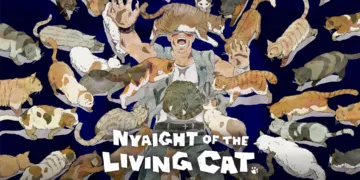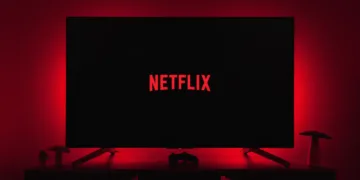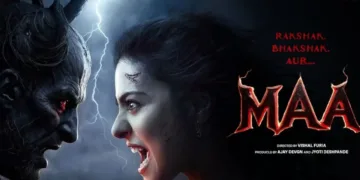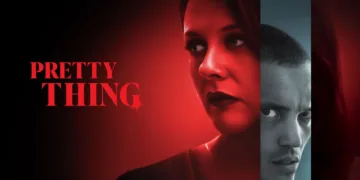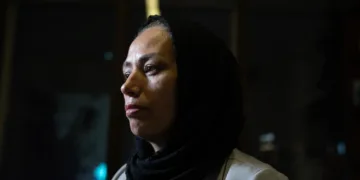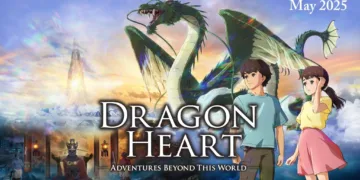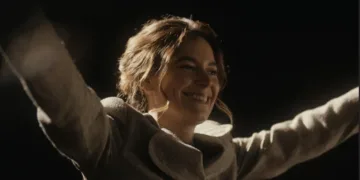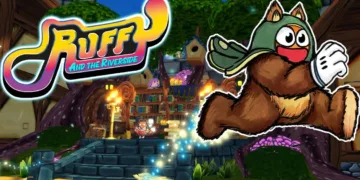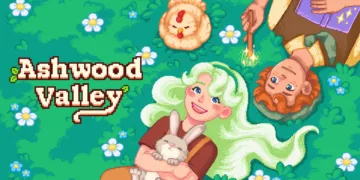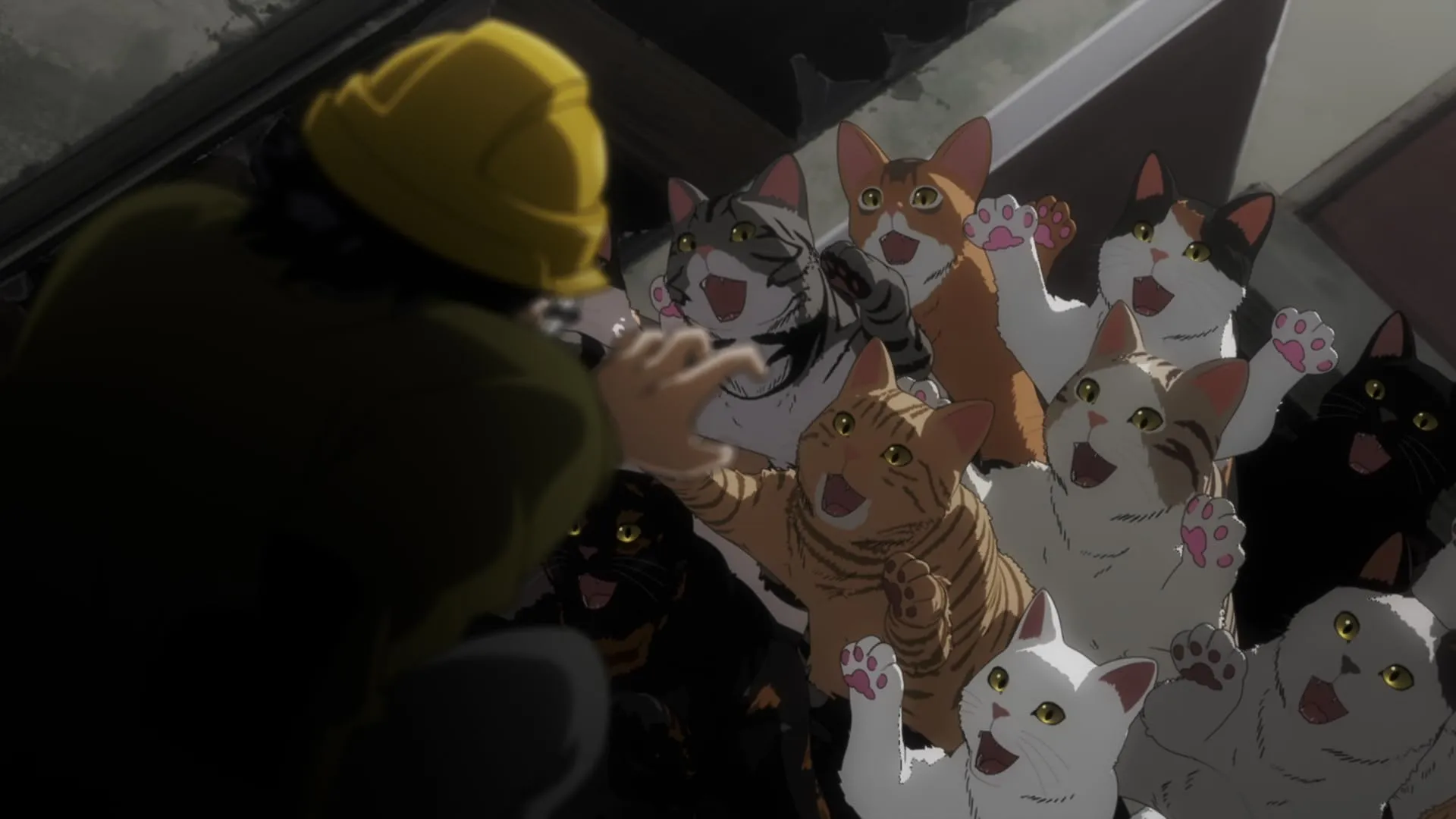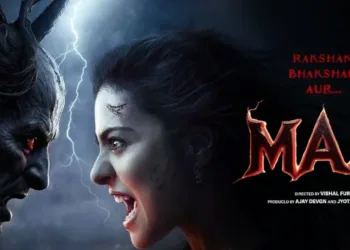Apocalypse fiction has long conditioned us to expect ruin in familiar forms: the shambling corpse, the mushroom cloud, the alien war machine. These are horrors we can comprehend, threats that align with our primal fears of decay and invasion. Nyaight of the Living Cat presents a far more bewildering proposition for the end of days.
It posits a global collapse brought on not by fear, but by affection. The world is succumbing to a “nyandemic,” a viral agent of startling simplicity. Any human who makes direct physical contact with a cat is themselves transformed into a feline. The result is a society undone by its own adoration. The very creatures that fill our digital feeds and warm our homes have become the unwitting agents of our extinction.
This premise elevates the story from a simple gag to a fascinating psychological experiment. The threat is not an external monster to be vanquished but an internal desire to be suppressed. Survival hinges on resisting one of the most ingrained human impulses: the urge to connect with a soft, vulnerable, and deeply cherished animal.
The streets are not filled with grotesque abominations but with swarms of impossibly cute creatures, their purrs and meows beckoning humanity toward a gentle, fluffy doom. This is the central, brilliant irony of the series. It dismantles the conventions of horror by making the monstrous overwhelmingly adorable, forcing its characters and its audience to confront a disaster born from love.
To Pet or Not to Pet
The survivors navigating this strange new reality are not grizzled commandos but individuals whose defining trait—a deep love for cats—has become their greatest liability. At the center is Kunagi, a man whose encyclopedic knowledge of feline behavior borders on the supernatural. His expertise makes him uniquely equipped to survive, yet his past is a complete blank, his amnesia serving as a narrative engine of mystery amidst the chaos.
He is a subversion of the action hero, his skills lying not in combat but in understanding the very creatures he must now avoid. Surrounding him is a small band of fellow cat-lovers: the earnest cafe owner Gaku and his sister Kaoru, whose livelihoods were once built on feline companionship, and Tanishi, a cafe regular. Their group is rounded out by the high school student Tsutsumi, whose unfortunate allergy to cats has transformed into a life-saving early warning system, a perfect illustration of the world’s inverted logic.
The series dedicates considerable time to exploring the histories of these characters through well-placed flashbacks, making their plight more than just a matter of survival. Their struggle is one of profound emotional conflict, a constant battle against their own nature. Every encounter is laced with the heartbreak of fleeing from or fighting the animal they hold most dear.
This internal drama is deepened by the show’s willingness to entertain a radical idea: that perhaps transformation is not a curse, but a form of release. In a world fraught with pain and responsibility, the prospect of shedding human consciousness for a simpler, purring existence is presented as a genuine temptation, a siren song for the emotionally exhausted.
Deconstructing Doomsday
At its foundation, the series operates as a meticulous and sharp-witted parody of the zombie genre. It expertly hijacks the entire framework of post-apocalyptic fiction and repopulates it with its absurd premise. The familiar tropes are all present, but refracted through a feline lens.
A desperate siege against a horde of the undead becomes a tense standoff against a clowder of cats scratching playfully at a door. The slow, inexorable dread of a zombie’s approach is replaced by the silent, unnerving grace of a stalking tabby.
This recontextualization is the source of much of the show’s dark humor. The series also constructs an entirely new survivalist lore from the ground up, basing its rules on established cat behavior. Water pistols become potent weapons, catnip serves as a critical diversionary tactic, and the sudden appearance of a cucumber can scatter a crowd of would-be attackers.
The satire extends beyond genre mechanics to a commentary on human institutions. In one particularly brilliant sequence reminiscent of high-concept monster films, government and military leaders convene to address the crisis. Their strategic meeting quickly dissolves into an enthusiastic discussion of how wonderful cats are, their professional duty completely eclipsed by their personal affection.
It’s a perfect send-up of bureaucratic impotence in the face of an unconventional crisis. Executive director Takashi Miike’s signature taste for camp and the bizarre is palpable throughout, with exaggerated perspectives and cartoonish flourishes that amplify the weirdness without sacrificing the underlying tension.
The Sights and Sounds of Satire
The show’s audiovisual presentation is a key component of its comedic and thematic identity, though it is not without its flaws. The animation, produced by Studio OLM, is generally effective. Character designs are expressive, and the hand-drawn depictions of individual cats capture their distinct charm and menace. However, the production stumbles in its portrayal of the feline hordes.
The shift to weightless, impersonal computer-generated imagery for these mass scenes is jarring. This choice breaks the immersion, creating a visual disconnect that stands in stark contrast to the more carefully rendered moments. The digital cats lack the texture and personality of their hand-drawn counterparts, weakening the impact of the swarm.
Where the production unequivocally succeeds is in its sound design. The musical score, featuring contributions from former Megadeth guitarist Marty Friedman, is an onslaught of aggressive thrash metal. This choice is inspired. The intense, driving riffs create a powerful and hilarious cognitive dissonance when laid over visuals of fluffy kittens frolicking or sleeping in sunbeams.
This sonic-visual clash is the show in microcosm: the language of extreme horror applied to the epitome of cuteness. The effect is to heighten the mock-serious tone and amplify the absurdity of the entire situation. The opening and closing themes are similarly well-conceived, capturing the series’ manic energy and setting the stage perfectly for the apocalyptic, purr-fect madness within each episode.
Nyaight of the Living Cat is produced by OLM and will premiere with episodes on TV Tokyo and BS TV Tokyo starting July 7, 2025, with global streaming on Crunchyroll.
Full Credits
Chief Director: Takashi Miike
Director: Tomohiro Kamitani
Writer: Shingo Irie
Composer: Kōji Endō
The Review
Nyaight of the Living Cat
Nyaight of the Living Cat is a brilliantly inventive and sharply funny parody that succeeds by committing wholeheartedly to its absurd premise. It cleverly re-engineers horror tropes for comedic effect, creating a surprisingly resonant story about fighting one's own affections. While the jarring shifts between hand-drawn animation and clunky CGI can detract from the experience, the fantastic thrash-metal score and smart writing make this a fresh, hilarious take on the apocalypse. It’s a wonderfully bizarre series that is as witty as it is charmingly ridiculous.
PROS
- A highly original and clever central concept.
- Sharp, satirical humor that effectively parodies the zombie genre.
- The psychological conflict of the characters is surprisingly engaging.
- Excellent sound design, with a score that perfectly enhances the comedic tone.
CONS
- Inconsistent animation quality, with jarring CGI for cat hordes.
- The central joke, while strong, may not sustain all viewers for an entire season.
Review Breakdown
-
Overall
